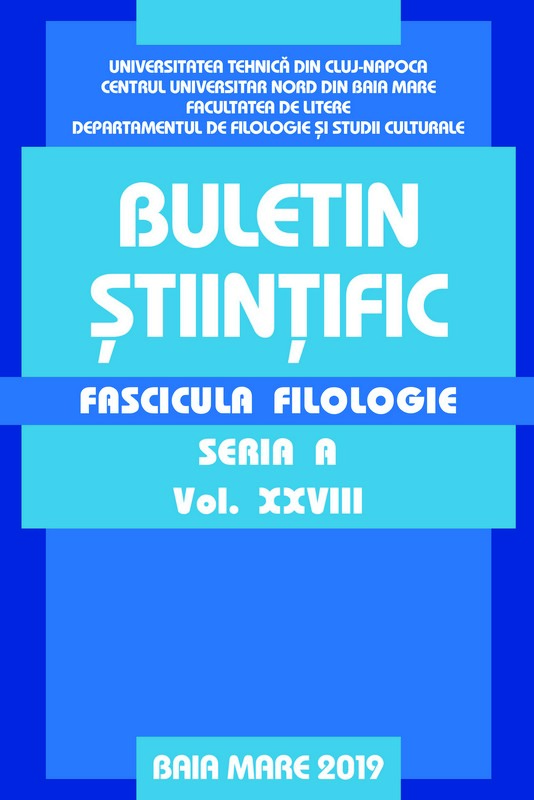Arta tradițională maramureșeană și simbolurile ancestrale – rombul, funia răsucită
Traditional art from Maramureș and ancestral symbols – rhombus, twisted rope
Author(s): Delia Anamaria RăchisanSubject(s): Cultural Anthropology / Ethnology
Published by: Editura U. T. Press
Keywords: traditional art; Maramureș; significances; rhombus; twisted rope;
Summary/Abstract: The paper aims to highlight the complexity of the ancestral symbols (rhombus, twisted rope), indispensable within the traditional Romanian art. The rhombus and the twisted rope are archaic symbols, found in all cultures of the world and in all regions of Romania, including the four ethnographic areas of Maramureș County – Ţara Chioarului, Ţara Codrului, Ţara Lăpuşului, Ţara Maramureşului. The decorative art of peasant interiors, the objects, the household textiles, the peasant clothes, the traditional ornaments, ceramics, mural painting, the wood carving, the interior and exterior architecture of wooden churches, etc. reveal ancestral symbols, including the rhombus and the twisted rope, true ancestral cultural values that must be (re)updated. Maramureș, being an archaic space of great cultural prestige, preserves these symbols that reveal the vein of the traditional art and allow the valorization of the cultural heritage of Maramureş. In Maramureșul Voievodal, the rhombus is called "roată" [wheel], which is a reminiscent of a solar cult. The twisted rope, which should not be confused with the braided rope, appears not only on the traditional wooden gates, but also on traditional bakes (colac, pască, etc.), on the rope of the March trinket or as a girdle around the wooden churches etc. The interdisciplinary perspective (ethnology, mythology, religion), the synchronic analysis enhances the complexity of the mentioned symbols, the unity in diversity.
Journal: Buletin Stiintific, seria A, Fascicula Filologie
- Issue Year: XXVIII/2019
- Issue No: 1
- Page Range: 437-449
- Page Count: 13
- Language: Romanian

